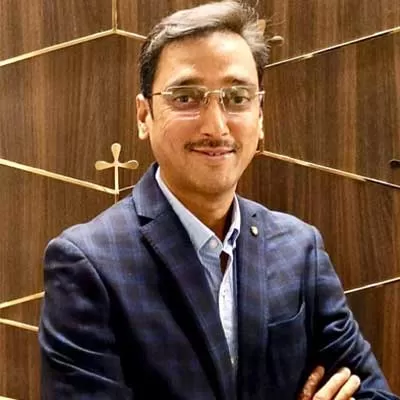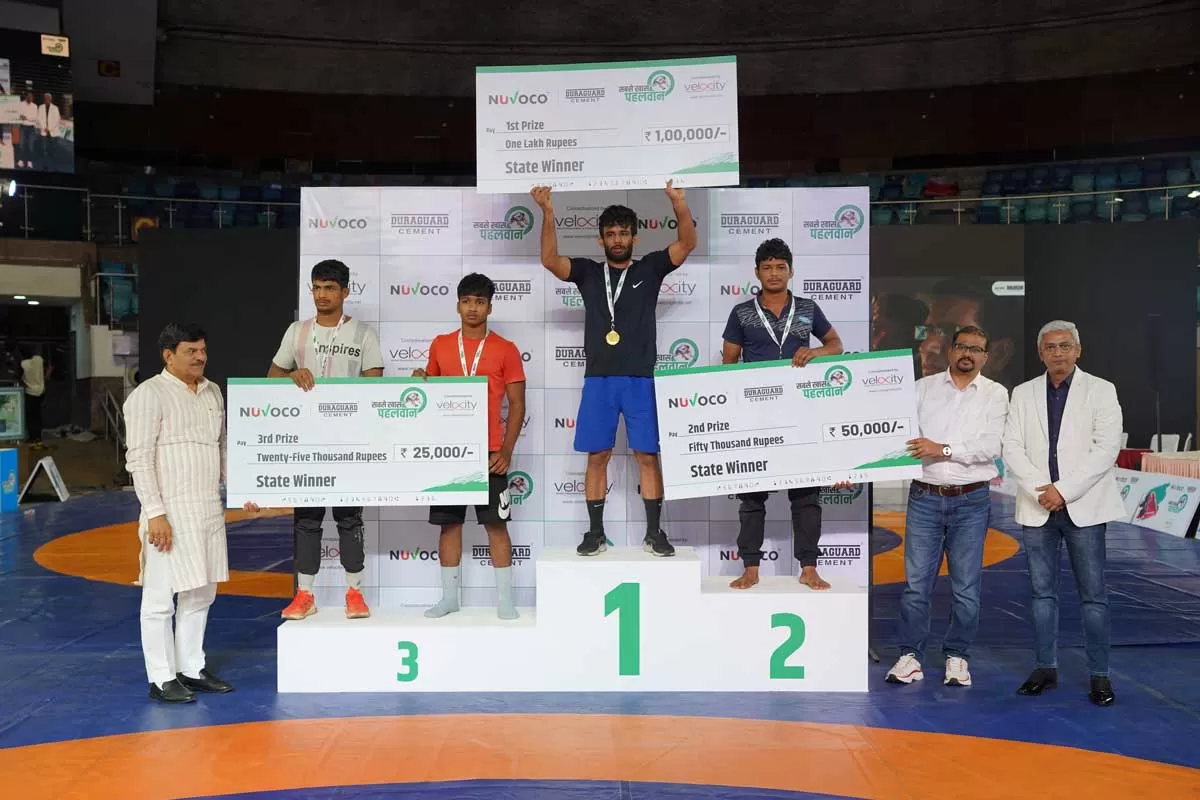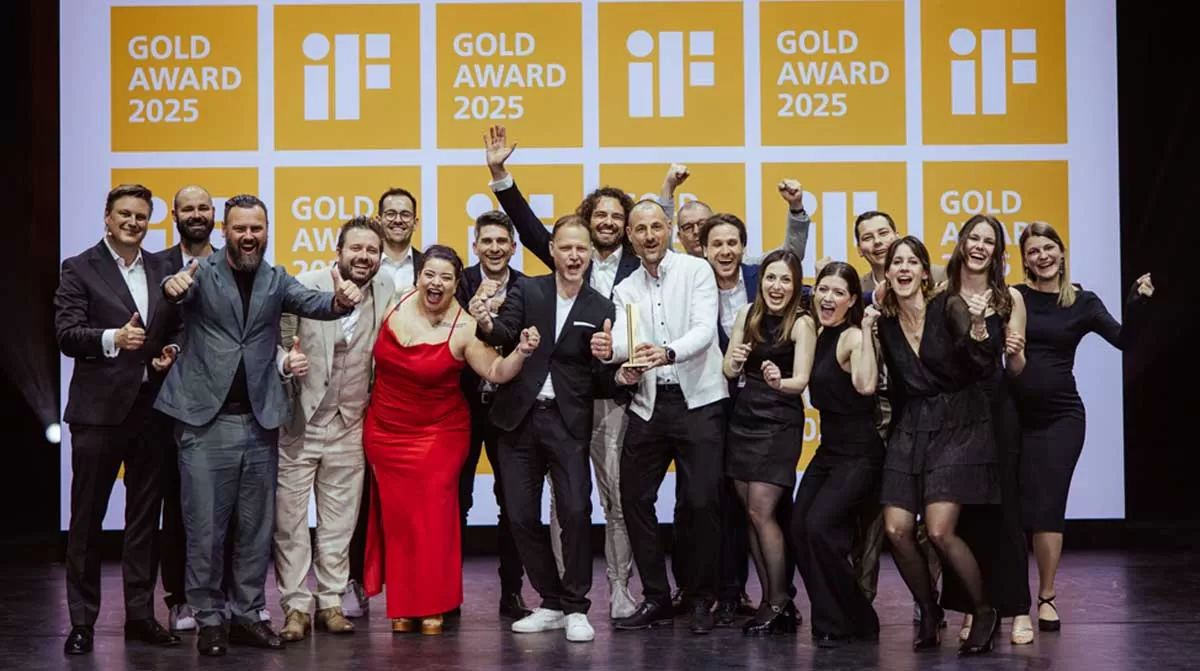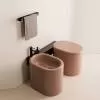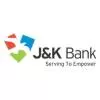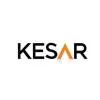- Ram Raheja, Director, S Raheja Realty
The Raheja brand has been an integral part of India´s real-estate landscape over the past six decades.
Three generations into the business, Mumbai-based S Raheja Realty has truly perfected its craft and developed numerous landmark projects. Ram Raheja, Director, S Raheja Realty Pvt Ltd, talks about the company´s expertise in delivering luxury lifestyle and redeveloping his grandfather´s dreams.
What do you consider the company´s success stories over the years?
This brand of trust and faith has been built over three generations. We have always focused on quality and delivery. While the success of projects may vary, quality and reputation are all that matter in this industry, because you are providing homes to people. Although we have been able to go pan-India, redeveloping buildings built by my grandfather has brought back the trust of those living in them; people have come and showed us the agreement slips signed by him. Such things go beyond awards and bring back the human element our brand has stood for; that is our biggest success.
Your primary focus has always been creating luxury lifestyles. However, you have now forayed into the verticals of redevelopment, second homes, affordable housing and corporate development. Please tell us more.
Luxury lifestyle has always been our core; over the last decade we have diversified into the above mentioned four verticals. Within the redevelopment vertical, selection of location is the key factor. In these locations, we are still developing luxury lifestyle projects, from lavish penthouses to three, four, five-BHK apartments, exclusivity of one apartment per floor and so on. Whether it is a corporate development of a completely luxury development, such as a boutique hospital, or second homes for a completely different target audience, the luxury aspect prevails across all sectors. Relatively, we are also commanding a premium on our affordable housing projects, not in terms of amenities, but quality of construction, which is the core of a luxury product.
We invest in projects that offer return on investment. We ensure we invest strategically. For instance, we started our first project in Palghar over four years ago, following which, many players moved there, finding it a destination for investment. However, by that time, our building had its occupation certificate as well. In the luxury sector, our prime focus is on location. And, the Mumbai real estate market is a complete micro market in itself. If you build the most amazing product at the worst location, it will not sell. But even if you build an average product at a good location, it sells out. So, our goal is to build the best at best locations.
How do you assess trends in advanced building materials and construction practices?
Costs are rising and markets are slowing down in the context of buyers getting a little skeptical about projects under construction. However, completed projects find buyers easily.
To ensure on-time delivery, builders are considering technologies such as Mivan and prefab construction, provided these make economic sense for the project. For instance, Mivan construction is apt and cost-effective for large-scale developments, where repetition of the framework is required, but the same technology can double the cost of a niche boutique project.
So, what technologies do you adopt in your projects?
We use Mivan technology in large-scale projects. In our boutique projects, which are our high-end luxury projects and where scale is not repetitive, we adopt traditional construction, depending on the tenants we have to house. Also, we use post-tensioned slabs, flat slabs and beamless construction wherever possible.
The company is also known for building sustainable and secure structures...
The Indian Green Building Council (IGBC) has listed codes, but the difference in our practices lies in the form of the building - the architectural design and layout. For example, in one of our second homes developments - Raheja Cascades in Lonavala - we initiated sustainability right at the inception of the project, at the drawing board. One of the key features was planned keeping in mind aspects such as complete cross-ventilation, for which each villa is east-west facing, thus not having the need to switch on the air-conditioner for 80 per cent of the year. This development has several such aspects built into it. We plan a unique layout where it is easier to create sustainable living than just trying to put together materials that are sustainable. To help us create these sustainable developments, we are working with several international consultants.
How do you view Tier-II cities as a real-estate proposition, especially with the concept of smart cities?
A great opportunity lies in Tier-II cities for the real-estate industry. This is why, few years ago, we launched our affordable housing brand, PURE. Within the affordable housing sector, we are developing projects in Varanasi, Kolkata, Ahmedabad and other cities within the Tier-II bracket. We recently brought a land parcel in Ahmedabad and are exploring several other upcoming Tier-II cities.
We believe many Tier-II cities are looking for a better lifestyle. Infrastructure is the main factor and the first step for them to become a smart city and upgrade their lifestyle.
The Indian real-estate market has been stagnant both in terms of transaction activity and capital value of real-estate assets. It saw a drop in prices by nearly 15 per cent last year. How do you view this?
This stagnation is purely because of the sentiment and effects from other businesses against the backdrop of reduced buying power and stocks market crashing. Whereas Mumbai´s premium locations, where there is a limited supply of stock, we have not seen any drop in prices, but a slowdown in sentiments. Prices in 2016 will be driven by locations of projects.
Any other special plans that you would like to share?
We are looking at a couple of redevelopment projects in the heart of Mumbai. Our target segments will revolve around these four verticals: Redevelopment, second homes, affordable housing and corporate development.
FACT SHEET
Year of Establishment: 1991
Top Management: Shyam Raheja, Chairman; Ram Raheja, Director; Ketan Shah, Director; Vinod Kalro, HOD; and Hiten Thakkar, HOD
Areas of operation: Maharashtra, Gujarat, Kolkata and Uttar Pradesh
No of Employees: 60
Completed projects: Hari Bhavan, Marvella, Kirabo, Raheja Prime, Sonnet, Hinduja Healthcare Khar.
Ongoing projects: Natraj, Sapphire, Guru Kripa, Raheja Cascades, S2, SDS Raheja Residency, PURE Sonnet, Raheja VII.
Upcoming projects in the coming fiscal: One project in Varanasi, one in Palghar, one in Ahmedabad, two projects in Khar and Santacruz West in Mumbai.
To share your building experience, write in at feedback@ASAPPmedia.com

